We spent a few days in Costa Rica’s capital, San José, before and after our recent trip to Monteverde to visit our son. San José is located in the Central Valley, in an extensive plain surrounded by mighty volcanoes and green hills.
Founded in the first half of the 18th century, San José has a history that is reflected in the faces of the diverse range of people who live there. Home to a third of Costa Rica’s entire population, San José has a number of distinctly popular suburbs including Escazu and Santa Ana on the west side, and Heredia in the cooler and wetter mountains. Escazu is especially popular with expats for its gated communities, restaurants, shopping and good medical facilities. The National University in Heredia attracts a young population that gives the suburb a vibrant atmosphere.
Above: La Soledad Church, San José.
The city’s architecture is varied and in the northern part you can find the most refined samples of urban development of the early 20th century. There are many houses and buildings of European inspiration, and there are also some attractive parks and gardens here and downtown.
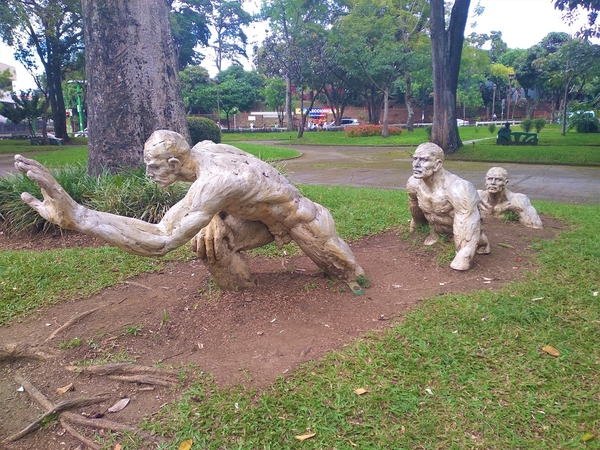
The National Park, San José, with sculptor Edgar Zúñiga Jiménez’s ‘New Paradigm' torsos.
Statues of peasant farmers at the entrance to the Banco Central de Costa Rica Museum.
The city of San Jose grew around its main plaza, La Plaza de la Cultura. The plaza is always busy with “Ticos”, as native Costa Ricans call themselves, heading to and from work or shopping on Central Avenue. The Gold Museum, National Museum, Jade Museum and the National Theatre are located within walking distance of the plaza.
Close to Plaza de la Cultura is Avenida Central, a pedestrian shopping street that eventually leads to the central market – Mercado Central – the oldest and largest market in the city. First opened in 1880, the central market is packed with more than 200 shops and stalls.

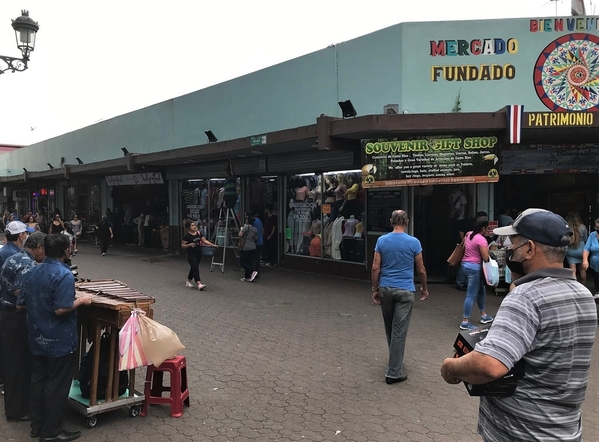
We stayed at the Hotel Balmoral, which doesn’t look much from the outside but it is a substantial hotel with huge, comfortable rooms. Ours had the largest fridge I have ever seen in a hotel room; it wouldn’t have been out of place in a home designer kitchen.
Hotel Balmoral has a wine cellar and an extensive dining area where decent breakfasts are served, and which also acts as a streetside café for walk-in customers. The hotel is situated on the bustling pedestrian mall on Avenida Central and the Plaza de la Cultura.
Above: the streets of Barrio Escalante.
One district we really liked was Barrio Escalante, which we would never have found if our son hadn’t introduced us to it. It’s an upscale area with great restaurants where many business people choose to meet. These include Franco, popular with digital nomads and deal makers alike, and Apotecario, where the offerings are similar to those of an upmarket pub.
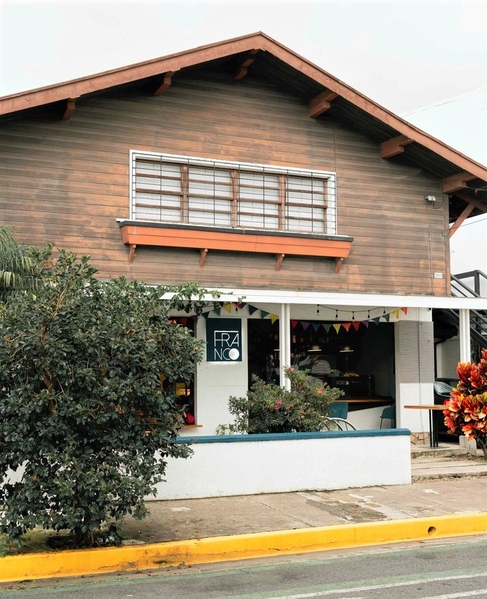
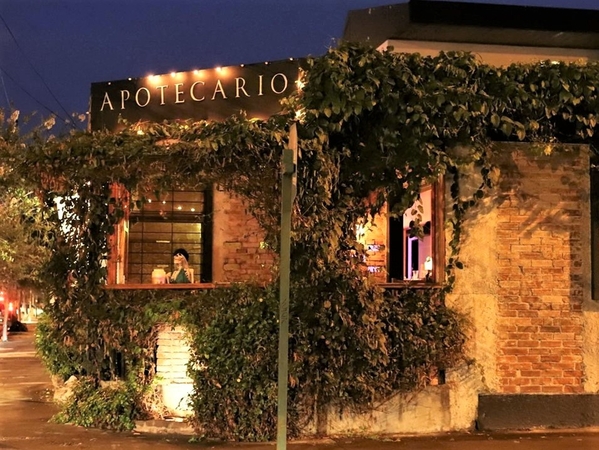
And talking of pubs, those who knew Costa Rica years ago probably lamented the limited choice of beer brands. Now, that’s all changed and the country is enthusiastically embracing the pursuit of craft beer, and nowhere is that more evident than in Barrio Escalante.
Many of these beers and good food too can be found at establishments like the two below, now known as gastro pubs.
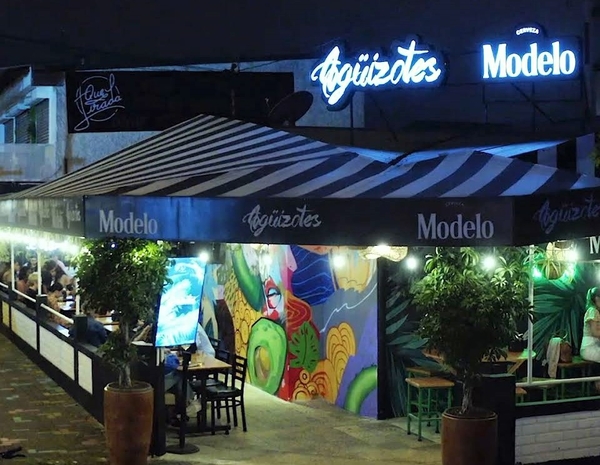
Some would dismiss Barrio Escalante as just another trendy suburb, but we found it quite uplifting in an otherwise unremarkable city.
The week in Costa Rica passed all too quickly and it was soon time to leave. On our last night we stayed at Hotel Mango at Alajuela City, near the airport. This is a nondescript building when viewed from the street and with rooms that are beyond basic, but it has the most delightful courtyard, pool and small restaurant. It was here that we dined before saying our goodbyes in the morning and taking the shuttle to Juan Santamaria International Airport, a five-minute drive away.
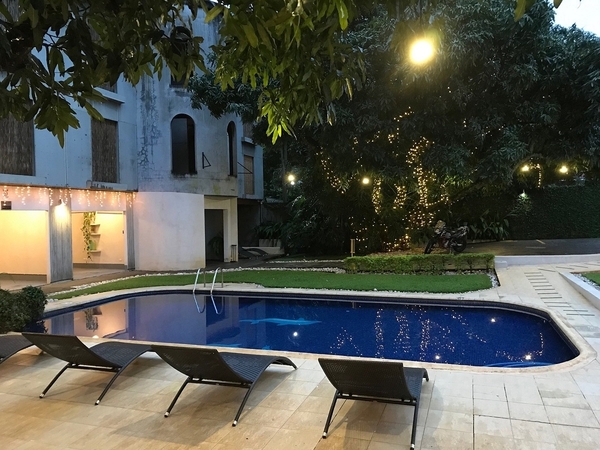

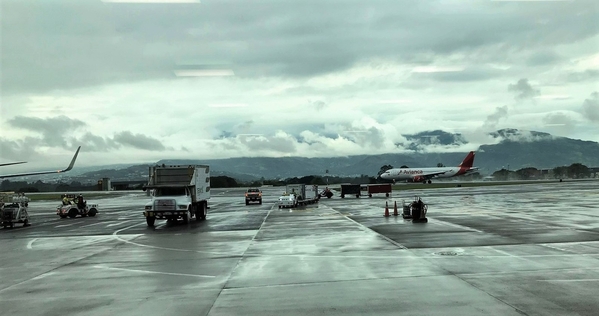
Juan Santamaria International Airport, San José.
In closing it is worth noting that many visitors to Costa Rica are increasingly using the Liberia or Daniel Oduber Quirós International Airport in the Guanacaste Province as an alternative to San José. Located close to the border with Nicaragua, Liberia is about 200 kilometres north-west of San José and is rapidly becoming the airport of choice for travellers to northern Costa Rica.
This airport is ideally situated for destinations such as Tamarindo, Playa Negra, Golfo de Papagayo, the Marino Las Baulas National Park and anywhere on the northern Nicoya Peninsula. A number of US airlines operate both regular and seasonal flights to Liberia, with less frequent services from other parts of the world.
Photos © Judy & Barry Barford


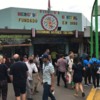

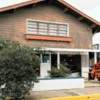





Comments (0)